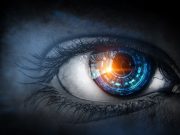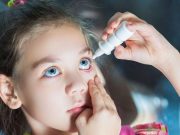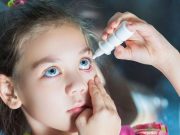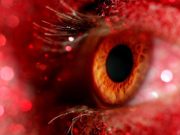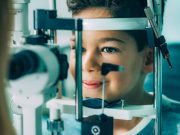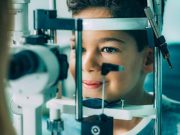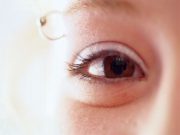Tag: Myopia (Nearsightedness)
Models Can Predict Long-Term Visual Acuity in Highly Myopic Eyes
Baseline BCVA, prior myopic macular neovascularization, age, category 4 myopic maculopathy are most important predictive variables
Atropine 0.01 Percent Eye Drops Do Not Slow Myopia Progression
Findings seen in children aged 5 to 12 years with low-to-moderate bilateral myopia
Low-Dose Atropine Treatment Slows Pediatric Myopia Progression
Greater benefits seen with 0.01 percent dose over three years versus 0.02 percent dose
Secondhand Smoke Exposure Linked to Myopia in Children
SHS exposure linked to greater myopic refraction, longer axial length, increased odds of developing moderate and high myopia
Repeated Low-Level Red-Light Intervention Prevents Myopia in Children
RLRL effective for preventing myopia in children with premyopia, with up to a 54.1 percent reduction in incidence
0.05 Percent Atropine Eye Drops Result in Lower Incidence of Myopia
Incidence of myopia and percentage of patients with fast myopic shift lower with 0.05 percent atropine versus placebo among children aged 4 to 9 years without myopia at baseline
Education Interacts With Genetic Variants to Increase Myopia Risk
Genotype by education interaction identified for five genetic variants, with increased effect for university-level education
7-Methylxanthine Linked to Reduced Myopia Progression in Children
Rate of myopia progression and axial elongation reduced in association with caffeine metabolite 7-MX treatment
Myopia Progressed Faster in Children Under COVID-19 Lockdowns
Exploratory analysis shows link between optical defocus treatment and slower progression of myopia in school-aged children
Myopia Progression May Continue in Young Adults Into Late 20s
Myopia incidence from age 20 to 28 years was 14 percent


